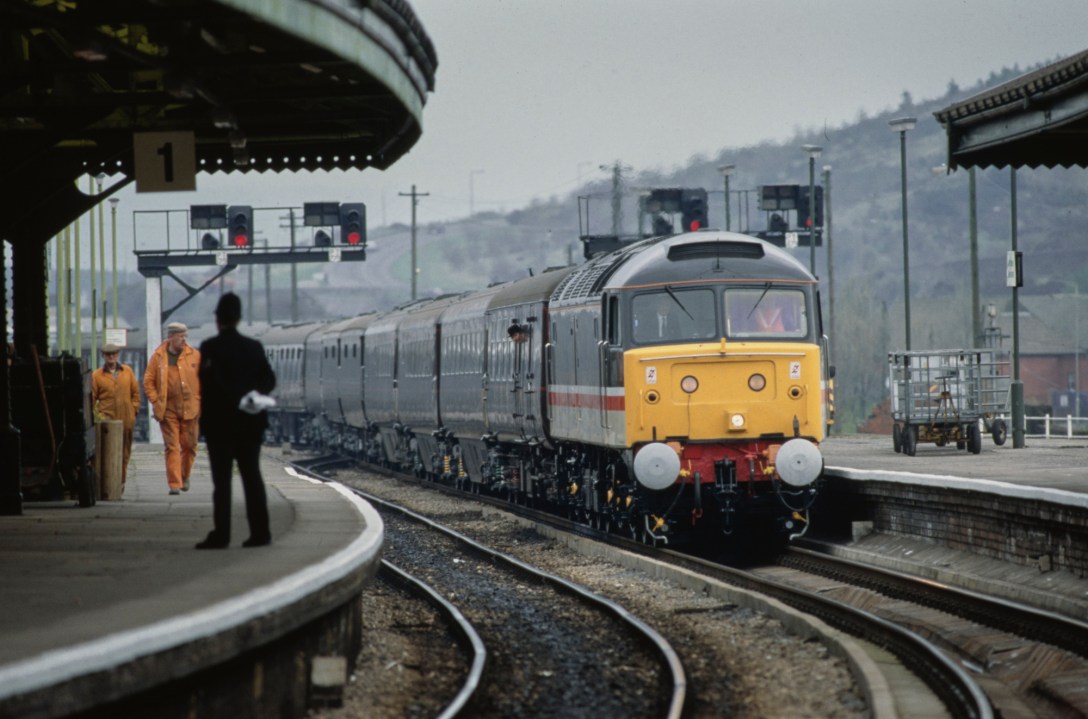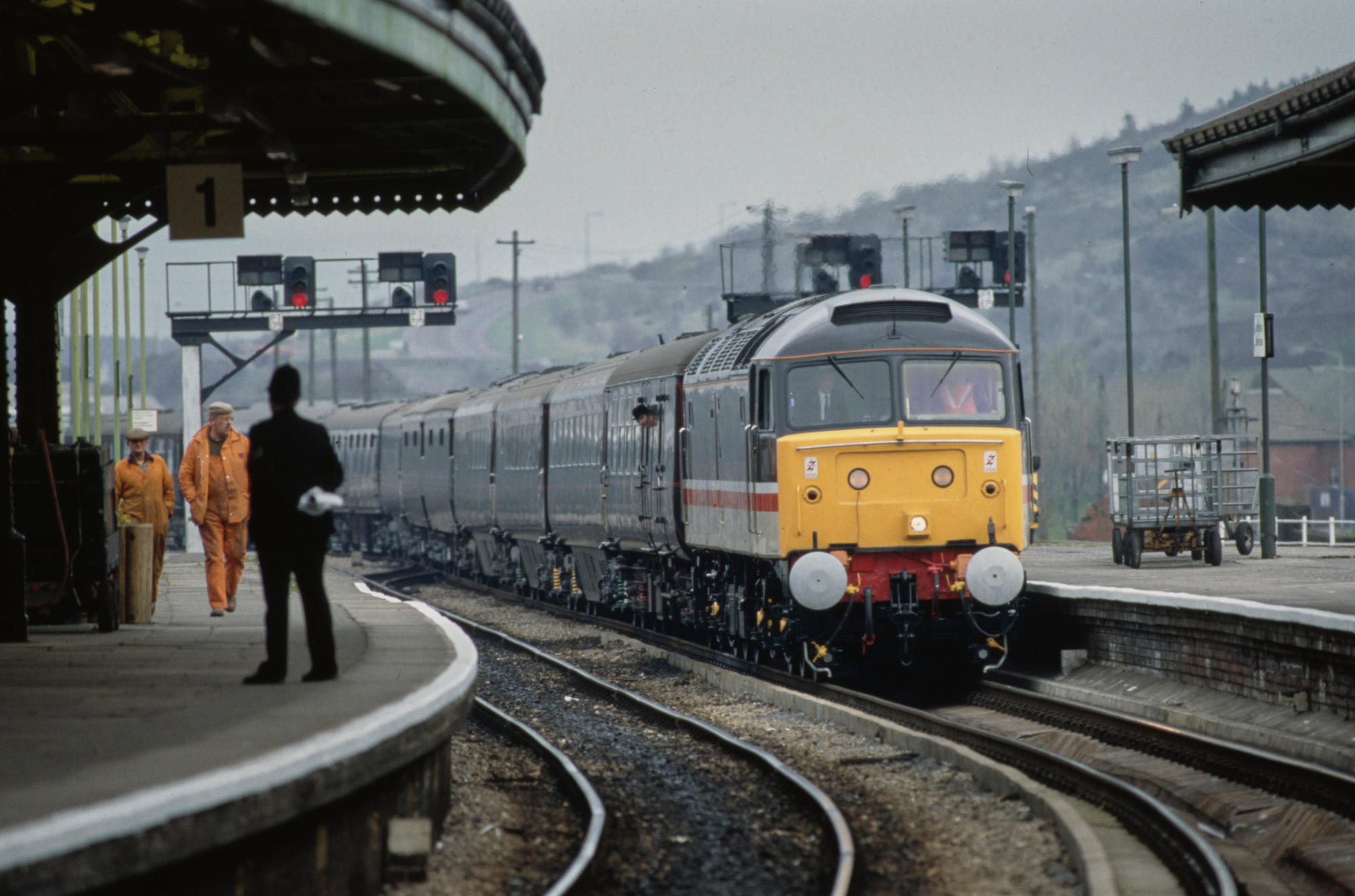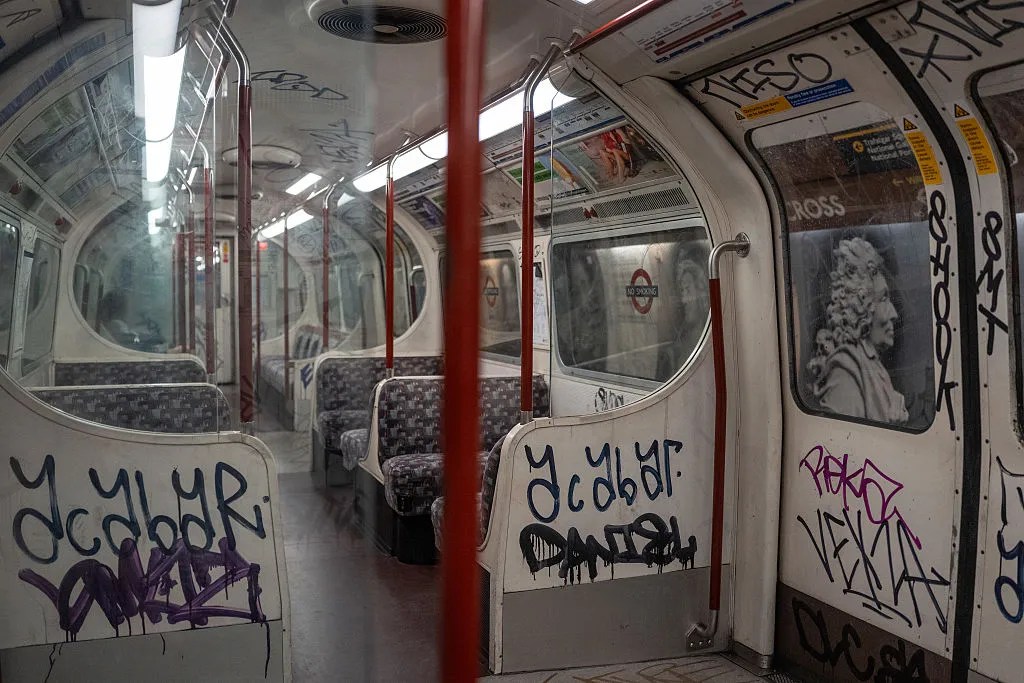The news that the Royal Train is heading for that great siding in the sky appears to be at odds with the monarch’s longstanding and keenly felt support for environmental causes. King Charles took up issues of sustainability long before they became fashionable and he even runs one of his Bentleys on biofuel. The timing does seem particularly bad – as this year celebrations are being held to mark the 200th anniversary of the opening of the Stockton and Darlington Railway.
The train is only used very infrequently, not least because it is so expensive to move out of its shed at Wolverton near Milton Keynes.
Is the King then opening himself up to accusations of hypocrisy, the gravest of all crimes that can be committed by public figures, by ditching his most sustainable form of transport?
Before the Save the Train activists get out their placards, it’s worth assessing the Royal Train’s environmental credentials. The late Alistair Darling, who was Transport Secretary before becoming Chancellor, frequently railed against little used train services ‘carrying vast amounts of air’ pointing out they were hardly a green form of transport. Certainly, a whole nine-carriage train fitted out with a dining car, offices and sleeping accommodation hauled by a couple of ancient ugly diesel locomotives for the purpose of carrying one old chap around can hardly be doing much for the environment.
Moreover, the King hardly ever used it. The exact movements of the train are kept secret for fear of terrorism – in 1886, Queen Victoria’s train was reportedly targeted by Fenians. But we know the train is only used very infrequently, not least because it is so expensive to move out of its shed at Wolverton near Milton Keynes.
Whereas under British Rail, the train’s cost could be tucked away into the organisation’s complex accounts, after privatisation in the mid-90s that became impossible. The train, rather oddly, came under the ownership of the infrastructure company Railtrack (now Network Rail) and had to pay access charges every time it trundled out on the tracks.
Traction was provided by a freight company (originally EWS, now DB Cargo) and maintenance of the nine coaches was another expense. No longer could a few BR staff simply be seconded – everything had to be accounted for, making the whole operation appear very expensive. Simply blocking off a first-class carriage for Royal use is a much cheaper alternative, as is simply hopping on a train incognito as the Princess Royal has done.
Moreover, the death of Queen Elizabeth effectively guaranteed the demise of the Royal Train. The Queen and Prince Phillip were genuine enthusiasts for it. She even had a section for an office, as well as having a full-sized bathtub fitted. It was a useful way for her to tour the country or pop up to Balmoral, and it maintained a tradition which enabled the monarch to get closer to the people. Queen Victoria understood this as well, and made extensive rail journeys around the country. At the time there was no specific Royal Train but, rather, special carriages fitted out for her use provided by the various companies at the time.
The most intensive use of a Royal Train was made by George VI during the second world war as he travelled extensively around the country in three special carriages fitted with armour plates by the London Midland and Scottish Railway. More recently, in late 2020, the then Duke and Duchess of Cambridge travelled across Britain by the Royal Train to thank communities and key workers for their efforts during the Covid pandemic.
However, this was an exception. The lengthy spells the train spent unused and the high expense in these cost conscious times made its demise inevitable. Now the problem will be finding a home for the nine carriages. The National Rail Museum already has an old royal carriage, and many other heritage railways already have more carriages than they need. Scrapping it would be a bad look and so finding a permanant place accessible to visitors will need to be high on the agenda when the new Great British Railways is established next year.
Christian Wolmar is author of British Rail: A New History, published by Penguin.








Comments